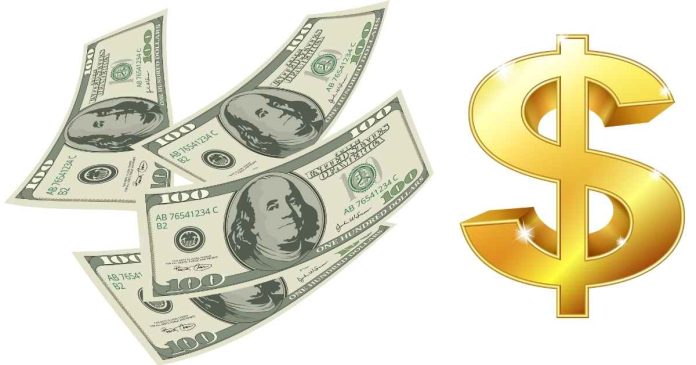USD stands for United States Dollar, which is the official currency of the United States and its territories. The abbreviation “USD” is commonly used in financial markets, exchange rates, international trade, and banking to refer to the dollar. The symbol for the United States dollar is $, but the “USD” code is used in contexts where clarification is necessary, especially in international transactions or when distinguishing between currencies with the same symbol (such as the Canadian Dollar, which is abbreviated as CAD).
Details of the United States Dollar (USD):
- History:
- The U.S. dollar was established as the official currency of the United States by the Coinage Act of 1792.
- The dollar replaced the Continental currency, which had been issued during the Revolutionary War and quickly lost its value.
- Initially backed by precious metals (gold and silver), the U.S. dollar has been a fiat currency since the 1970s, when the U.S. left the Gold Standard and moved to a system based on supply and demand rather than physical commodities.
- Role in the Global Economy:
- The USD is the most widely used currency in the world, especially in international trade, investments, and as a reserve currency held by central banks around the globe.
- Many commodities like oil, gold, and other raw materials are priced in U.S. dollars, even in countries that do not use the USD as their national currency.
- The U.S. dollar plays a central role in the global financial system, often being considered the world’s primary reserve currency. This means that many countries hold large reserves of USD in their foreign exchange reserves as a buffer against economic shocks and for international trade.
- Currency Code (ISO 4217):
- USD is the ISO 4217 currency code for the United States Dollar. The ISO 4217 is an international standard that assigns three-letter codes to each currency to ensure consistency and avoid confusion between currencies, especially when currencies share similar symbols (like the dollar sign “$”).
- The three-letter code “USD” helps avoid confusion between currencies, especially when dealing with foreign exchange and international transactions.
- Subunits:
- The U.S. dollar is divided into 100 smaller units, called cents. Cents are usually represented by the symbol ¢.
- The coins in circulation for smaller denominations include 1 cent (penny), 5 cents (nickel), 10 cents (dime), and 25 cents (quarter). Paper bills are typically issued in $1, $5, $10, $20, $50, and $100 denominations, although larger denominations like $500, $1,000, $5,000, and $10,000 are no longer printed for public circulation.
- Exchange Rates:
- The value of the USD in comparison to other currencies is determined by foreign exchange (forex) markets. The exchange rate fluctuates based on various factors like interest rates, inflation, economic performance, and geopolitical stability.
- For example, 1 USD = 0.85 EUR (in a given example), meaning that 1 U.S. dollar can be exchanged for 0.85 euros. Exchange rates are constantly changing and are influenced by global economic conditions and market speculation.
- Monetary Policy:
- The value of the USD is influenced by the Federal Reserve, which is the central banking system of the United States. The Federal Reserve controls U.S. monetary policy by setting interest rates and managing the money supply to maintain economic stability, control inflation, and encourage employment.
- The Federal Reserve’s decisions, such as changes in interest rates, directly impact the strength of the U.S. dollar on the global stage.
- Significance in International Trade and Finance:
- The U.S. dollar is often used as a “benchmark” currency in global markets. For instance, if a country does not have a stable currency, it may peg its currency to the U.S. dollar to stabilize its value.
- Many countries also choose to hold reserves in USD, particularly those that engage in trade with the U.S. or have significant debt denominated in dollars.
- The U.S. Dollar and the Global Financial System:
- Because of the U.S. dollar’s dominance, international transactions (such as trade between countries or investments in foreign markets) are often conducted in USD.
- This is especially common in the oil market (often referred to as the petrodollar system) where crude oil is priced in U.S. dollars regardless of where the oil is being produced or consumed.
Examples of USD Usage:
- Financial Markets: “The stock price of the company rose by 5 USD per share.”
- Foreign Exchange: “The USD to EUR exchange rate is currently 1 USD = 0.85 EUR.”
- International Trade: “The agreement was made to settle the transaction in USD.”
- Banking: “My savings account is in USD.”
Conclusion:
The USD (United States Dollar) is the most widely used currency in the world, playing a crucial role in the global economy. Its status as the reserve currency and its widespread use in international trade make it essential to the functioning of financial markets worldwide. Understanding the USD, its exchange rates, and its economic impact is fundamental for international commerce, investment, and economic policy.


